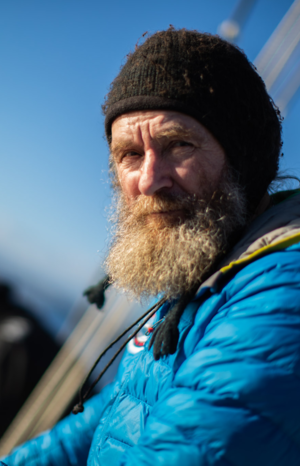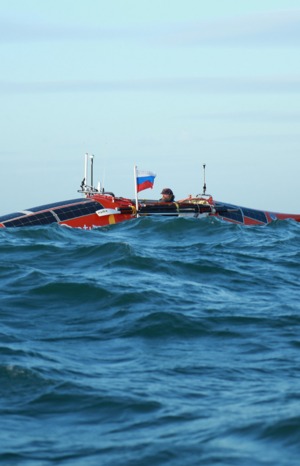Russian traveller Fedor Konyukhov has started a new circumnavigation of the globe. He set off from the New Zealand port of Dunedin towards Cape Horn on a nine-metre rowing boat «AKROS».
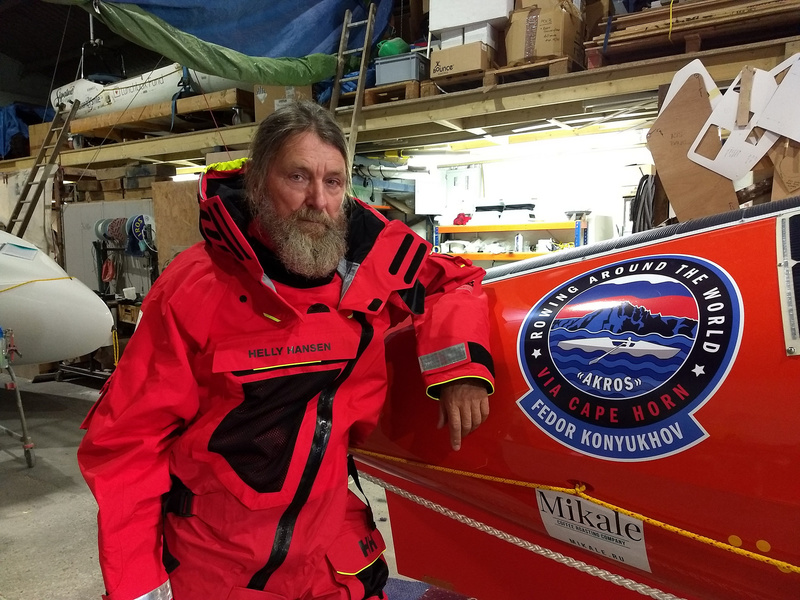
The route is 16,000 nautical miles long. The voyage is divided into three phases that will take an average of 120 days each. Each of them will take from November-December to February.
The first stage is a crossing from NewZealand to Cape Horn, the second(from December 2019) from Cape Horn toAustralia ( Cape Louin, Albany), andthe third (from December 2020) from Australia to New Zealand. Konyukhov's progress can be tracked via a tracker on his personal website.
« I had a plan to go into the ocean in mid-November, but things have taken a natural course - you have to give the start place at least a month. This was the case in Chile, when we waited for a suitable window to go into the ocean for over a month; this was the case in Australia, when we waited for an extensive anticyclone and calm weather to fill the shell of the balloon "MORTON"; climbing Everest requires at least a month for acclimatization, and this time we did not do without a long wait for the weather window»," Konyukhov shared his thoughts on his website.
He also expressed hope that maybe he will be able to cross paths with the participants of the Golden Globe Race.
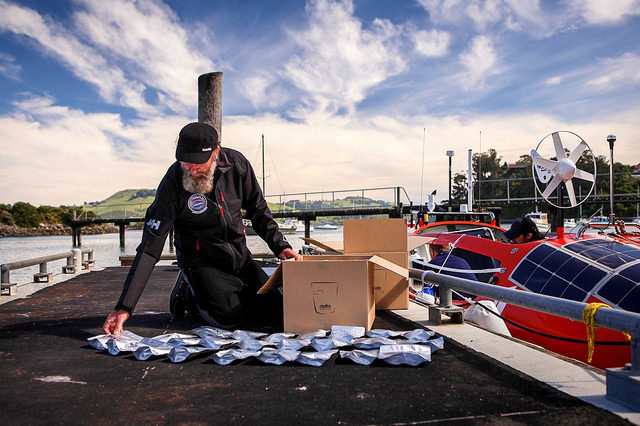
Konyukhov needs to hurry: suitable weather conditions will remain for a couple of days, and on the weekend he will again face a headwind. During this time he needs to get away from the coast.
« The Cove we are in has a very strong tidal current, and you only need to go out with the water going out at low tide. The first night from Thursday to Friday will be challenging, the boat is under the shore, fishing boats, passenger liners all add to the tension for Fedor. The farther into the ocean, the calmer it is», - TASS quotes OskarKonyukhov, one of the organizers of the expedition.
The boat «AKROS» for the project was designed by British designer Phil Morrison. He has collaborated with Konyukhov many times before: it was Morrison who designed the paddleboat «URALAZ», on which the traveler crossed the Atlantic in a record 46 days in 2002 , and the boat «TURGOYAK», on which he walked from Chile to Australia in 160 days in 2014. The new «AKROS» is the same«TURGOYAK», only refined with the South Ocean in mind. The boat was built by the British company Rannoch Adventure.
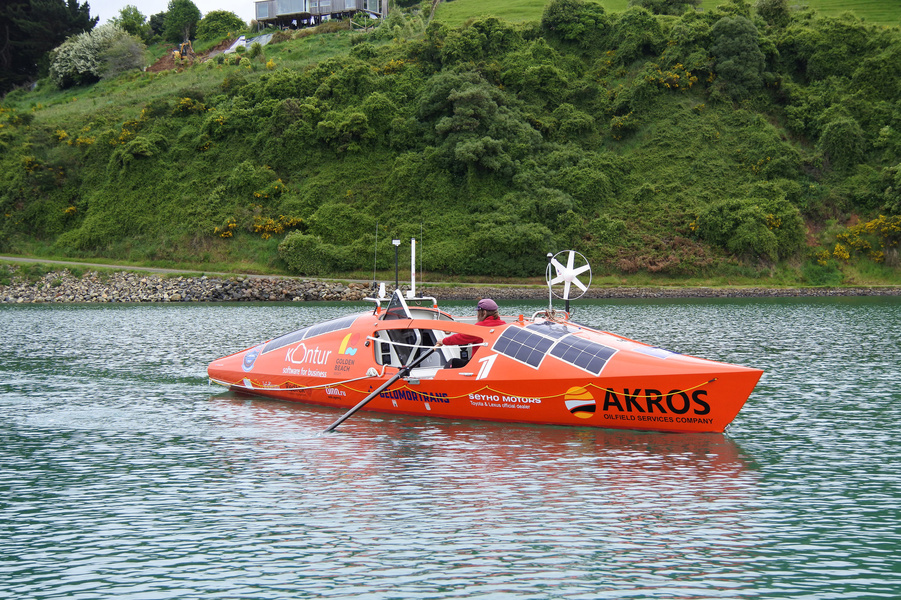
In a bow of the boat there is a crash box and two watertight compartments, where will be stored a year's supply of products and special equipment (during the trip Konyukhov is going to conduct some experiments). The cockpit has been reduced as much as possible - this reduces the risk of the paddler being thrown overboard by a wave.
On the other hand, the aft area is increased by as much as half a metre. Three watertight bulkheads are located there: the navigation cabin near the center of the boat on the right, the galley on the left, and aft there is a compartment for rest. The steering gear is separated by another bulkhead.
The idea for the heating system in the cabin floor and the berth itself belongs to Rannoch Adventure specialists. It can be switched on by timer for one hour in order to prepare the compartment for sleeping.
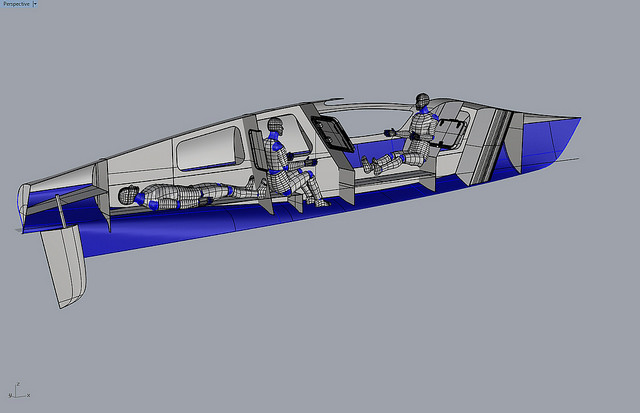
Energy for this system, in particular, will be available to Fedor Konyukhov from three independent sources. First, from high-efficiency flexible solar modules (their efficiency is over 22%). According to the traveler's website, the same batteries will be installed on the plane «Albatross» which will make a round-the-world flight in December 2020.
Secondly, two Rutland 504 wind generators are installed on«AKROS». Only one of them will be in permanent operation, the second one is envisaged only as a backup.
Thirdly, the boat is equipped with the EFOY power plant, which uses methanol cartridges. As a result of chemical reaction, the products of which are only carbon dioxide and water, free electrons are formed in the cartridge, i.e. electric current is generated.
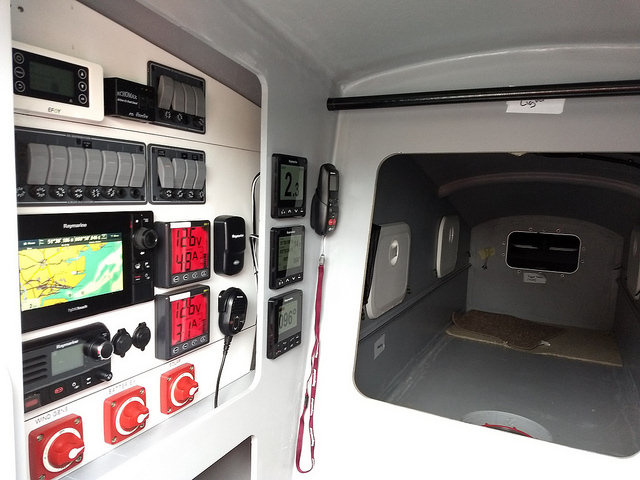
Two satellite phones are provided for communication with the outside world. The communication and navigation systems are duplicated to increase their reliability.





